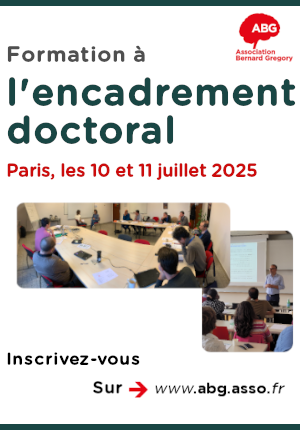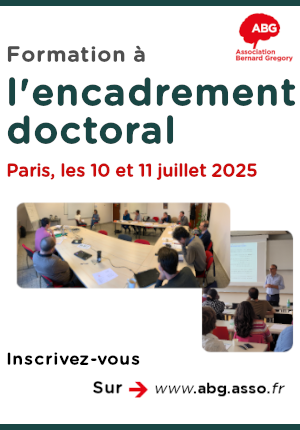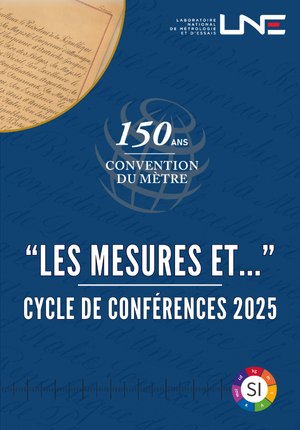Furan-Indole-Chromenone-based structures: a new family of organic photocatalysts for radical transformations in fine chemistry
| ABG-132758 | Sujet de Thèse | |
| 02/07/2025 | Autre financement privé |
- Chimie
Description du sujet
Over the last decade, photoredox processes have received increasing attention due to their numerous applications, including organic synthesis, polymer chemistry, and solar fuels. More particularly, visible light photoredox catalysis is now recognized as an essential and useful tool in organic synthesis enabling the construction of a wide range of complex molecular structures under mild conditions. In most visible light photocatalyzed reactions, the activation mode involves a photocatalyst (PC) in its excited state being able to donate or accept an electron from a substrate to generate radical species. Until recently, ruthenium- and iridium-based PCs were the most representative ones in this field, they allowed the development of original efficient methodologies in organic chemistry. However, the major drawbacks of these catalysts lie in their high cost (in particular for Ir-based PCs) and the impossibility in most cases to recover them for reuse. Therefore, the need to find more environmentally sustainable and economically viable PCs, free of toxic or rare metals that must be preserved, is currently of high interest.
The aim of this project is to develop a new family of recyclable and polyvalent organic photosensitive compounds, based on recent results obtained in our laboratory,2 bearing indole, furan, and 2H-chromene- 2-one (coumarin) units with large redox windows accessible using simple visible light irradiation sources (CFL or LED), able to act, thanks to their high excited state redox potentials (E*red above + 2 V and/or E*ox below − 2 V vs. SCE), as an universal family of PCs for extreme and opposite thermodynamic demanding redox reactions in fine chemistry.
Prise de fonction :
Nature du financement
Précisions sur le financement
Présentation établissement et labo d'accueil
La recherche à l’Institut de Chimie Radicalaire se concentre sur les composés porteurs d’électrons non appariés. Nous maîtrisons leur structure à travers la synthèse, la caractérisation et les simulations pour accéder à un large éventail d’applications, des matériaux avancés aux utilisations thérapeutiques.
objectif de l'équipe CMO: Développement de nouvelles méthodologies de synthèse impliquant des intermédiaires radicalaires et étude du comportement des radicaux dans un environnement contrôlé. Photocatalyse Redox
Intitulé du doctorat
Pays d'obtention du doctorat
Etablissement délivrant le doctorat
Ecole doctorale
Profil du candidat
The candidate must have a solid background in organic chemistry, and training in radical synthesis would be appreciated.
Vous avez déjà un compte ?
Nouvel utilisateur ?
Vous souhaitez recevoir nos infolettres ?
Découvrez nos adhérents
 ASNR - Autorité de sûreté nucléaire et de radioprotection - Siège
ASNR - Autorité de sûreté nucléaire et de radioprotection - Siège  Ifremer
Ifremer  ONERA - The French Aerospace Lab
ONERA - The French Aerospace Lab  Laboratoire National de Métrologie et d'Essais - LNE
Laboratoire National de Métrologie et d'Essais - LNE  SUEZ
SUEZ  MabDesign
MabDesign  MabDesign
MabDesign 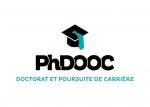 PhDOOC
PhDOOC  Aérocentre, Pôle d'excellence régional
Aérocentre, Pôle d'excellence régional  CESI
CESI 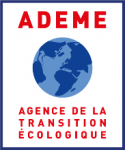 ADEME
ADEME  Tecknowmetrix
Tecknowmetrix  Groupe AFNOR - Association française de normalisation
Groupe AFNOR - Association française de normalisation  Nokia Bell Labs France
Nokia Bell Labs France 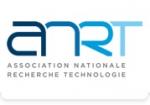 ANRT
ANRT  CASDEN
CASDEN  Institut Sup'biotech de Paris
Institut Sup'biotech de Paris  Généthon
Généthon  TotalEnergies
TotalEnergies
-
EmploiRef. 132742Genève, Suisse
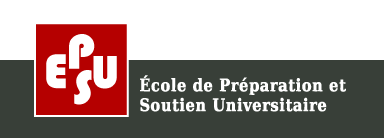 EPSU
EPSUProfesseur de Biologie UP à Genève
Expertises scientifiques :Biologie - Biochimie - Chimie
Niveau d’expérience :Confirmé
-
EmploiRef. 132696Montreal, CanadaMcGill University
Post-doctoral position in medicinal chemistry
Expertises scientifiques :Chimie - Biochimie
Niveau d’expérience :Junior

